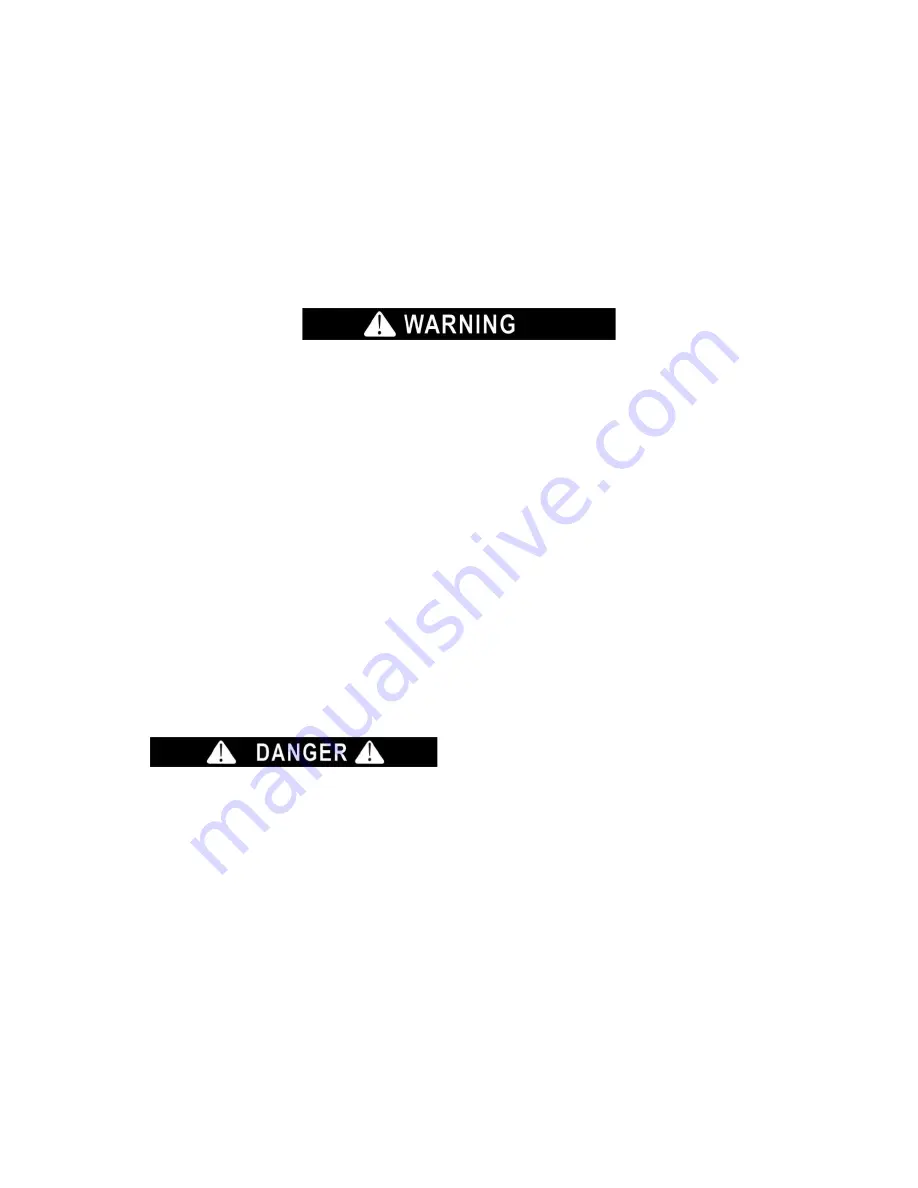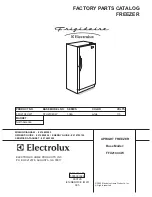
4
•
Never clean chest freezer parts with flammable fluids. These fumes can create a fire
hazard or explosion.
•
Do not store or use gasoline or other flammable vapors and liquids in the vicinity of this or any
other appliance. The fumes can create a fire hazard or explosion.
•
Before proceeding with cleaning and maintenance operations, make sure the power line of the
unit is disconnected.
•
Do not connect or disconnect the electric plug when your hands are wet.
•
Unplug the chest freezer or disconnect the power before cleaning or servicing. Failure to do so
can result in electrical shock or death.
•
Do not attempt to repair or replace any part of your chest freezer unless it is specifically
recommended in this material. All other servicing should be referred to a qualified technician.
This unit is not designed to operate in enclosed spaces. When placing your unit, make sure you
allow adequate airflow on all sides.
•
Use two or more people to move and install the chest freezer. Failure to do so can result in back or
other injury.
•
To ensure proper ventilation for your chest freezer, the front of the unit must be completely
unobstructed. Choose a well-ventilated area with temperatures above 55
°
F (13
°
C) and below 90
°
F
(32
°
C). This unit must be installed in an area protected from the elements, such as wind, rain, water
spray or sunlight.
•
The chest freezer should not be located next to ovens, grills or other sources of high heat.
•
The chest freezer must be installed with all electrical connections in accordance with state and local
codes. A standard electrical supply (115V AC, 60 Hz), properly grounded in accordance with the
National Electrical Code and local codes and ordinances, is required.
•
Do not kink or pinch the power supply cord of the chest freezer.
•
The fuse (or circuit breaker) size should be 15 amperes.
•
It is important for the chest freezer to be leveled in order to work properly. You may need to make
several adjustments to level it.
•
Never allow children to operate, play with or crawl inside the chest freezer
•
Do not use solvent-based cleaning agents or abrasives on the interior. These cleaners may damage
or discolor the interior.
•
Keep fingers out of the
“pinch point” areas. Clearances between the door and cabinet are necessarily
small. Be careful closing door when children are in the area.
•
Do not use this apparatus for other than its intended purpose.
Risk of child entrapment
Child entrapment and suffocation are not problems of the past. Junked or abandoned freezers
are still dangerous, even if
they will “just sit in the garage a few days.”
•
Before you throw away your old freezer:
Take off the doors. Leave the shelves in place
so that children may not easily climb inside.
•
Never allow children to operate, play with, or crawl inside the freezer.
- SAVE THESE INSTRUCTIONS -





































